It’s Time to Include 3D (Multi-Planar) Movement Into Your Workouts
If you are looking to improve your overall strength and coordination, you should be thinking about ways to integrate multi-planar movements into your exercise program. These multi-planar movements, which occur through two or more planes of motion (e.g. up and down, twisting, and side-to-side), are so powerful for fitness and function because they reflect your body’s natural movements.
According to the American Council on Exercise, there are three primary planes of motion: sagittal, frontal and transverse.
Sagittal Plane
Think of the sagittal plane as dividing your body into two left and right halves from front to back - based on up and down, push and pull, flexion and extension movements. The sagittal plane tends to be the priority of most training programs such as running, pressing and squatting.
Frontal Plane
Then there’s the frontal plane, which divides your body into two halves from the top of the head into the anterior and posterior (front and back). The frontal plane is where abduction (away from the midline of the body) and adduction (towards the midline of the body) - for example, the Star Jump exercise where you flap your arms and legs away and then back towards the body simultaneously is a frontal plane exercise.
Transverse Plane
Finally, there’s the transverse plane, which divides your body into an upper and lower half. The transverse plane is where internal and external rotation occurs - imagine a woodsman chopping a tree.
Useful for Sport
To see the power of multi-planar movement at work, consider a simple game of basketball. You might move side-to-side as you try to guard your opponent. To shoot or grab a rebound, you rotate, flex or extend. To fake out a defender, you might bring the ball quickly up and down, and twist multiple times. All of these movements are so fluid and often happen so rapidly that you may not even realise that your body is moving through two or more planes of movement at a time.
An all-out activity such as a sprint although mainly sagittal works in the frontal and transverse plane too!
WHAT WE ARE DESIGNED FOR
Taking a step back, you can recognise the three planes of motion as comprising a 3D model of human movement. Your body was designed to move in three dimensions, so it only makes sense that you should exercise your body with these three different planes of motion in mind. Thus, merely guiding one body part through a very controlled range of motion is never going to be as effective as moving a muscle through two or more planes of motion.
Take Inspiration From Children
Watch children play. It's rare when left to their own devices that they do the same movement continuously - such as running in a straight line; that would be boring. They run in circles, change levels, switch directions, they play chasing games such as Tag - find inspiration in how they move.
With Primal Play games such as Sticky Shoulders, you are always shifting and changing direction to ensure you are working in all 3-dimensions.
RELATED: Play Plank Tennis
Activities such as dancing, jumping, crawling and climbing all require these types of movements too. Multi-planar exercises target the whole body as well as engage the mind. Multi-planar movements are as good for the brain as they are for the body. They help with coordination and balance, and they contribute to a stronger, healthier brain because you are forcing it to recognise a growing number of movement patterns in different combinations - creating new neural pathways. These movements such as dancing are an excellent way to help with cognitive function, especially as we age.
In summary, multi-planar movements are a great option to add to your movement program. Without a focus on all three dimensions of the body, movement and physical conditioning is incomplete. Keep these patterns varied, exciting and challenging; stay focused and engaged.
Don't just move forward and back, up and down. Evidence suggests that working at maximal effort in just one plane such as the sagittal plane has limited transfer to the other planes. We need to work all of them; move side-to-side, twist, turn and rotate. Move in 3D, become more human - reconnect with your inner child.
RELATED POSTS:
REFERENCES
McGill SM, Karpowicz A, Fenwick CM, Brown SH, "Exercises for the torso performed in a standing posture: spine and hip motion and motor patterns and spine load.", J Strength Cond Res, 2009 Mar;
Se-Hong Kim, Minjeong Kim, Yu-Bae Ahn, Hyun-Kook Lim, Sung-Goo Kang, Jung-hyoun Cho, Seo-Jin Park, Sang-Wook Song, "Effect of Dance Exercise on Cognitive Function in Elderly Patients with Metabolic Syndrome: A Pilot Study", J Sports Sci Med. 2011 Dec;

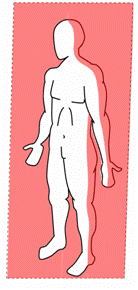
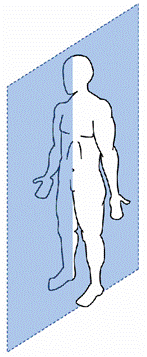
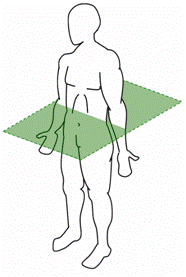

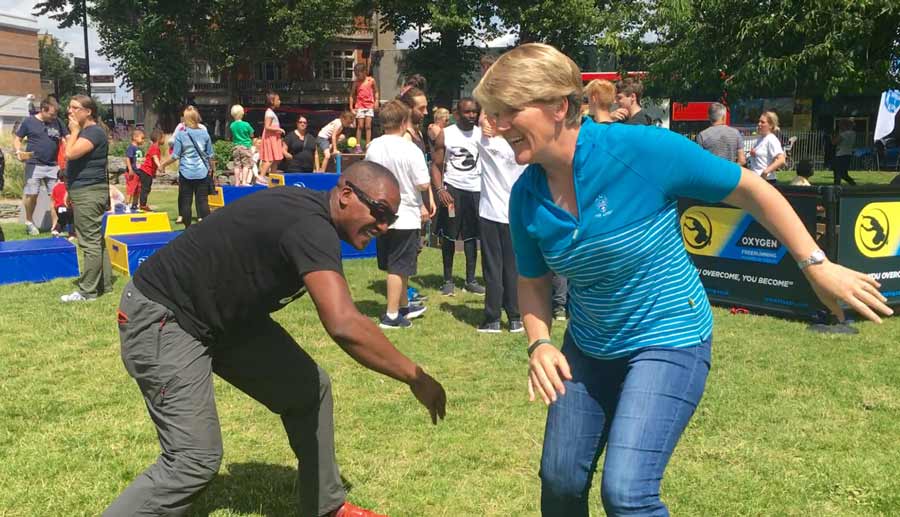




Infographic on How To Move More, More Often